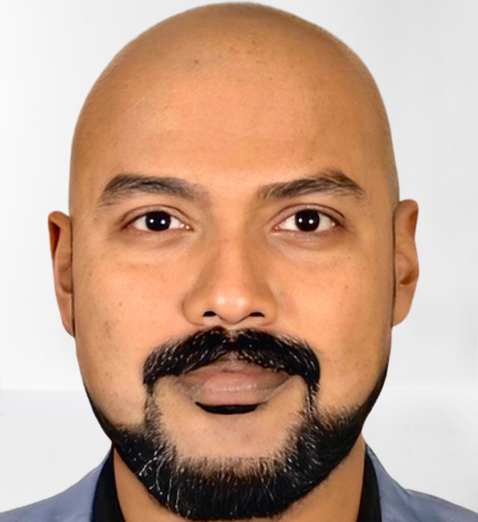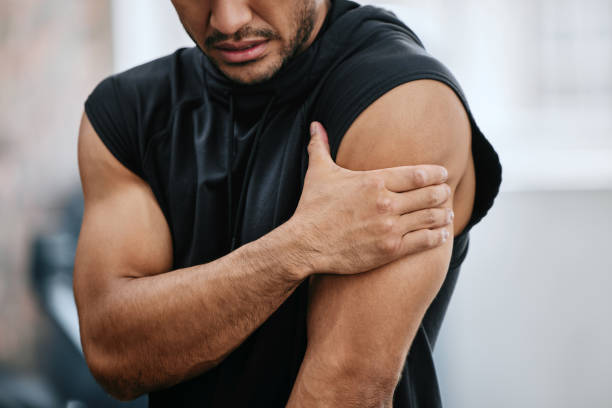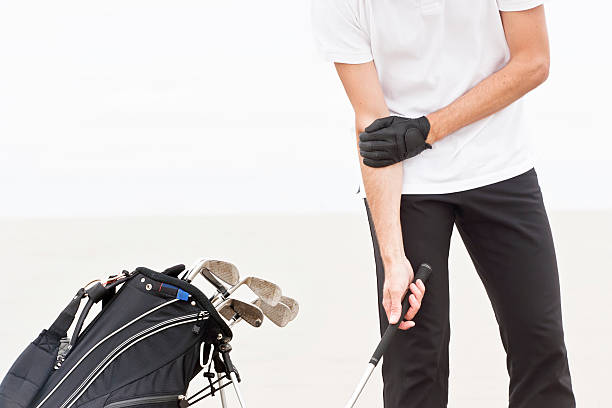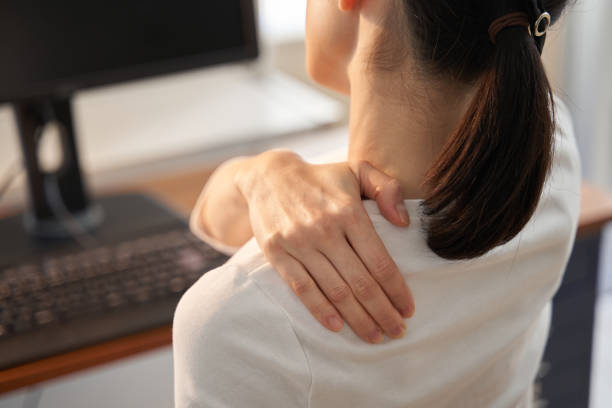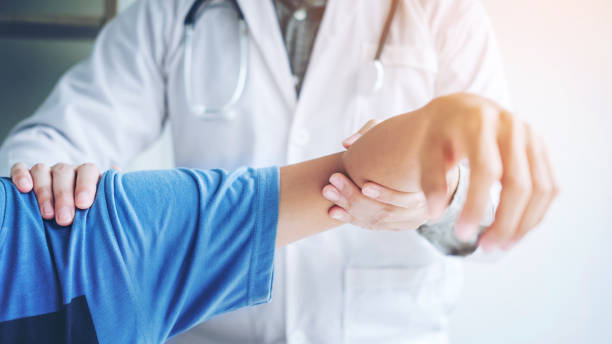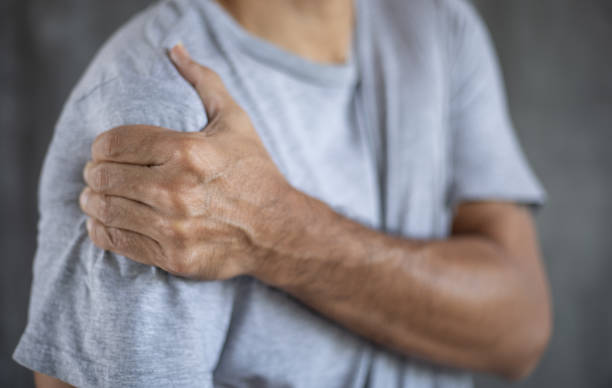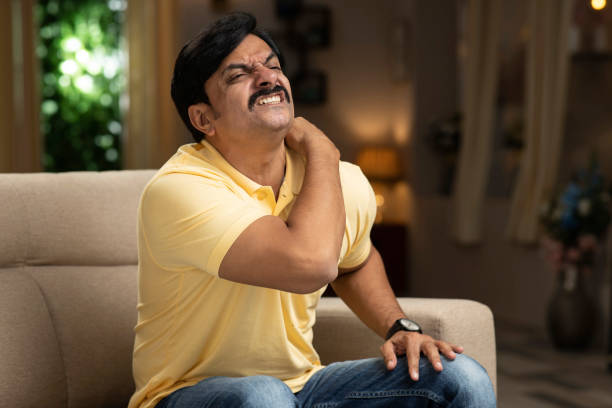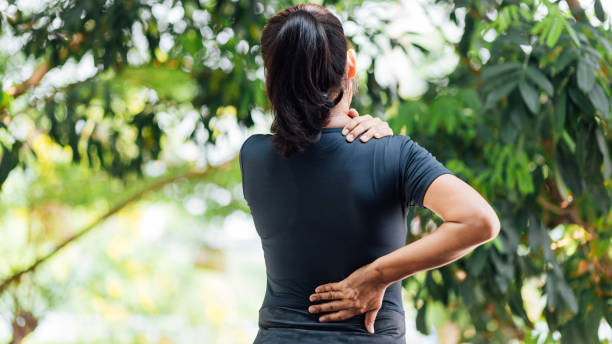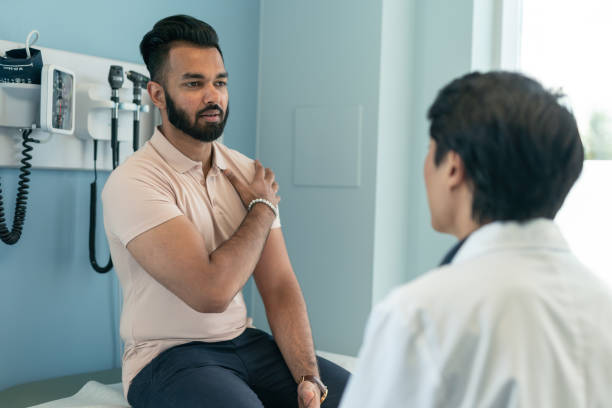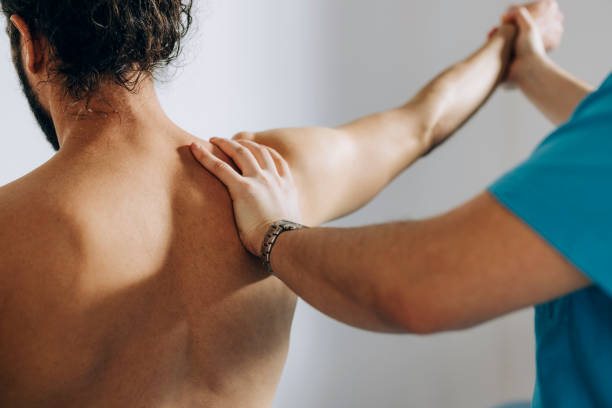At Orthopaedic Specialists, our team of knee specialists is among the best in the world, with extensive expertise and contributions to innovative treatments. Whether working collaboratively or individually, our patients can trust they’ll receive personalized and effective treatment plans tailored to their unique needs.
Dr. Prasad Bhagunde is a highly skilled and accomplished orthopaedic surgeon with an impressive educational background and extensive training both in India and abroad. His proficiency in advanced arthroscopy techniques for shoulder and elbow injuries, including multi-ligament knee reconstruction, Revision ACL surgeries, and Patello-Femoral Joint Instability, is a testament to his exceptional knowledge and expertise.
Dr. Rajesh Dharmarajan is an Orthopaedic and Arthroscopic Surgeon with a vast experience of 14 years in his field of expertise. His forte is Advanced Trauma Surgery wherein he meticulously does Complex Reconstructions of Fractured Bones and Joints of both Upper and Lower Limbs.




